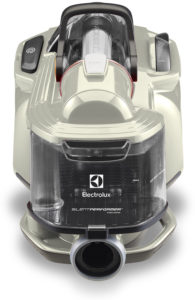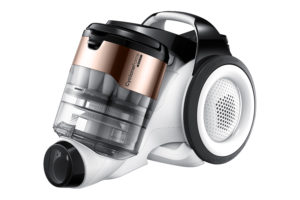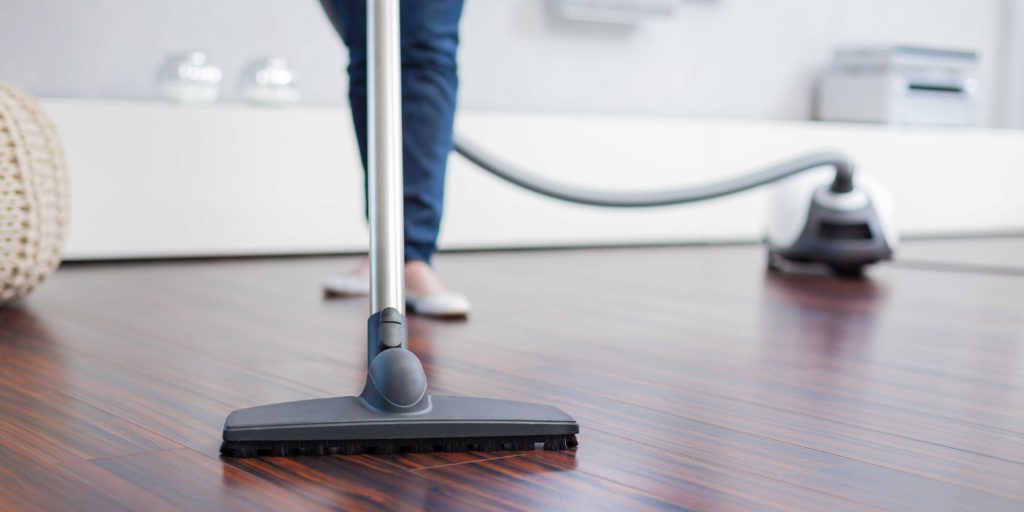Behind the shapes, sometimes futuristic, of a vacuum cleaner, there are many engineering studies to favor the going out of the air, to better the transport, the parking and the ergonomics of these appliances
by Tiziana Corti
The shape and color of home appliances, nobody can deny it, affect consumers choices even in significant way. This is because, in all household appliances sectors, both major and small, the use of glossy, light and bright materials, transparent or colored, and recently also of precious details such as crystals, led to a new aesthetic concept of home appliances, including vacuum cleaners and the cleaning tools that once were closed in the lumber-rooms and for which design had a secondary role.
In the case of vacuum cleaners, however, shapes and materials have not only an aesthetic value, but also, and above all, a functional and ergonomic one, as required by the use and type of this product that must be easily transported everywhere in the home, stand without fall, be packed away with all its accessories. But not only. It has to address the air in a specific direction and with a specific power, seal the dirt so that it does not go out and must have containers easy to remove, empty, wash and to reassemble.
The parameters to be considered in the design study of a vacuum cleaner are so numerous that just eventually, they can also indulge in some purely aesthetic details, such a vivid color or other decorative elements. The transparent parts themselves, despite being pleasant to look at, are intended first to show the level of dirt reached in the tank, allowing to the user to understand when it is time to empty it.

Comfortable handling and ease in reaching every corner
In addition to the body, which has the fundamental task of housing the engine, deadening the noise and allowing the cyclonic action activation, the design of a vacuum cleaner also takes account of numerous details. Handles and hoses must be firmly grasped to drag the unit anywhere, bypassing obstacles, going up and down from carpets and steps.
Nozzles must be sufficiently thin and jointed to clean under sofas, beds, little tables and small furniture, but at the same time shall have a sufficient space to accommodate the brushes. The shape of these ones too is fundamental, because it must allow to pass through corners and slots. It is not a case that the latest generation of electric brooms have introduced the triangular nozzles, which perfectly adhere to the corners and easily follow the perimeter of the walls.

Other essential element is the parking of the vacuum cleaner. It must stand stably when not in use, for this reason its shape, wheels and weight must be well balanced to ensure that the vacuum cleaner or electric broom do not fall down, threatening to damage or ruin flooring and furniture.
Also in this areas, recent products have introduced significant improvements: the rechargeable brooms stand on their own, without support, while the canister vacuum cleaners can be placed both horizontally and vertically.
There is then another aspect not to be overlooked in the design of a vacuum cleaner: its cleaning and maintenance. The devices can be disassembled into several parts, allowing an easy access to filters and bag or ensure a practical and quick removal of the tank to be emptied.
Both the changing of the full bag and the emptying of the dust container are conceived in such a way to avoid the user to come into contact with dirt, ensuring the most possible hygiene.




